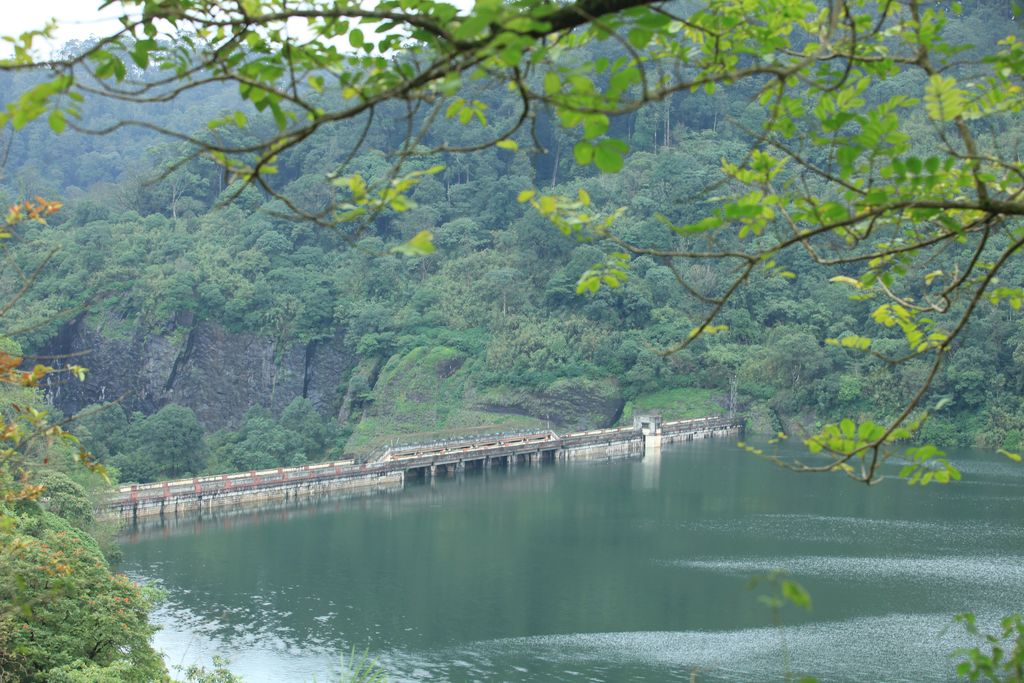River Pamba

Religious Significance
Pamba is the most important point on the way to Sabarimala. It is here that Lord Ayappa was found by King Rajasekara. It is considered as sacred as the Ganges and is believed to purify one of sins. All pilgrims take a ritual dip in the river before heading to Sabarimala. Pilgrims also perform ‘pitru tarpanam’ (offering to ancestors) before starting the trek to the shrine.
Ecological Significance
Water from the river is used for irrigational purposes, drinking and hydro electric power production.he Mahanadi is one of the longest rivers in India and drains a large part of peninsular India.The river also serves as a fertile ground for inland fishing.
The river is subjected to very high levels of water pollution especially during the pilgrim season due to open defecation, discharge of raw sewage and domestic and commercial solid wastes. Even though measures are taken by the Travancore Devaswom Board and the State Government every year to provide basic sanitary facilities to the pilgrims, most of the waste generated finally ends up in the river. The quality of water is further deteriorated due to the uncontrolled disposal of sewage and other waste from the townships and the rural areas nearby. Indiscriminate sand-mining, deforestation and other forms of human intervention have further affected the ecology of the river systems along vast stretches.
Nearly 30 fish species are threatened and five are classified as endangered. Two species were absent during the 2003-04 period. The annual fish catch in the Pamba declined by 34 per cent during the period 1999-2003. The Pamba is the first Kerala river to be included in the National River Conservation Programme (NRCP).



Place of Origin: Peermedu near Sabrimala, Kerala
Length: 175km
Confluence: Vembanad Lake, Kerala